What is a Termite’s Favorite Breakfast?
When it comes to breakfast choices, termites have a surprising favorite – wood! Yes, you read that right. These tiny creatures enjoy starting their day by feasting on the cellulose found in wood. Imagine waking up every morning to a hearty meal at your house. This peculiar diet is not just about sustenance; it serves as a vital source of nutrients for these industrious insects. So next time you spot a termite munching away, remember they are simply enjoying their favorite breakfast choice – a wooden delight.
Key Takeaways
- Understanding Termite Diets: Termite’s favorite breakfast is a crucial aspect of their diet, consisting mainly of cellulose-rich materials like wood and plant fibers.
- Prevention is Key: To avoid home infestations, it’s essential to address moisture issues, seal cracks, and remove wood debris around the property.
- Effective Control Measures: Controlling building infestations involves regular inspections, timely repairs, and professional treatment if an infestation is detected.
- Targeting Breakfast Choices: By knowing what termites prefer to eat for breakfast, homeowners can take proactive measures to protect their properties from termite damage.
- Regular Inspections: Regularly inspecting your home for signs of termite activity can help catch infestations early and prevent extensive damage.
- Educate Yourself: Educating yourself about termite behavior and habits can empower you to make informed decisions to safeguard your home from these destructive pests.
Termite Diet Basics
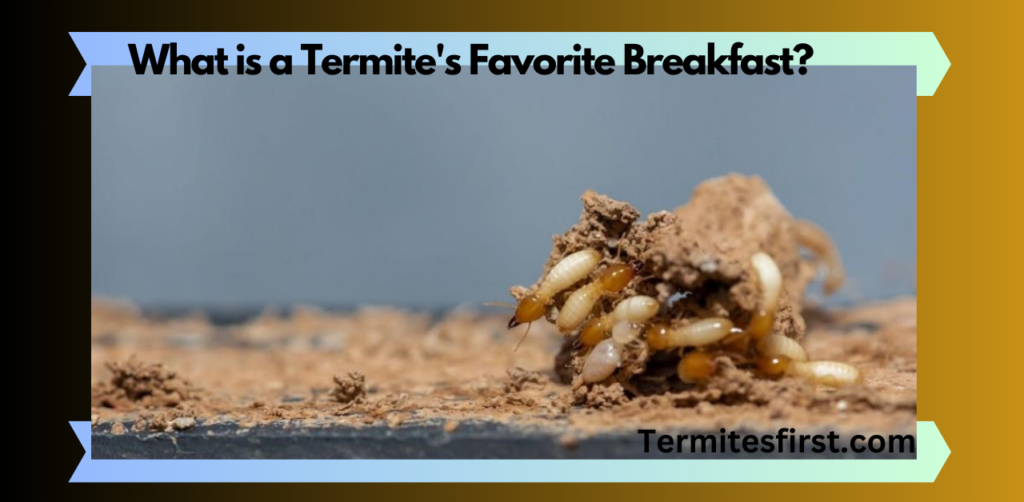
Cellulose Consumption
Termites primarily consume cellulose-containing materials such as wood, leaf litter, soil, and plant debris. These materials serve as the main food source for termites, providing essential nutrients for their survival.
Nutrition Source
The key nutrition source for termites is cellulose, a complex carbohydrate found in various plant-based items. This nutrient-rich substance is broken down by specialized enzymes in the termite’s digestive system to extract energy.
Plant Matter Variety
Termites have a diverse diet that includes feeding on a variety of plant matter like grass, roots, and other organic materials. Their ability to digest cellulose enables them to thrive in ecosystems where these resources are abundant.
In my experience studying termites, I’ve observed how their feeding habits play a crucial role in ecosystem balance. Understanding their dietary preferences can help prevent structural damage caused by these tiny but voracious insects.
Unveiling Their Favorite Morning Meal
Non-selective Eaters
Termites are not selective eaters, consuming a wide range of materials due to their cellulose-rich diet. This includes wood, paper, and plant-based products, making them significant pests in human habitats.
Preferred Breakfast Food
Termites have a particular fondness for cellulose, a structural component found in plants. This compound serves as their primary source of nutrition, fueling their activities and growth within colonies.
Consumption of Human-made Structures
In human-made structures, termites feast on wooden elements such as beams, furniture, and floorboards. Their relentless feeding habits can lead to severe structural damage if left unchecked.
I find it fascinating how termites play a crucial role in the ecosystem by breaking down dead plant material. Understanding their dietary preferences can help prevent costly damage to homes and buildings.
Exploring Termite’s Breakfast Choices
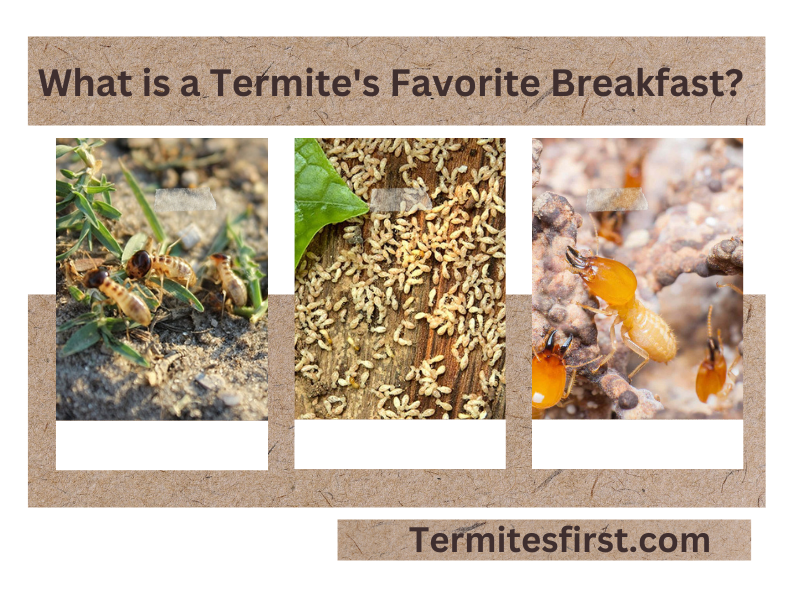
Nutrient-Rich Diet
Termites primarily feast on cellulose, which is found in wood, leaf litter, and soil. Their diet is rich in fiber, aiding their digestion process efficiently.
Fungal Feast
Termites also enjoy consuming fungi. They cultivate fungi within their colonies by creating ideal conditions for growth.
I find it fascinating that termites have evolved to efficiently extract nutrients from sources like wood and soil. This adaptation showcases their remarkable ability to thrive in various environments.
Bacterial Buffet
Termites rely on a symbiotic relationship with gut bacteria to digest cellulose effectively. These bacteria play a crucial role in breaking down complex molecules into simpler forms for absorption.
The cooperation between termites and gut bacteria highlights the intricate balance required for these insects to maintain a healthy digestive system.
Preventing Home Infestations
Protective Measures
Implement strategies like maintaining proper ventilation and reducing moisture levels to protect your home from termite invasions. Ensure there are no wood-to-soil contacts around the foundation.
To shield your home from termite invasions, consider installing physical barriers such as metal screens or sand particles. These obstacles can deter termites from entering and causing damage.
Early Detection Importance
Recognize the importance of early detection in preventing infestations. Regularly inspect your property for signs of termite activity, like mud tubes or discarded wings.
Early detection allows you to address termite issues promptly, minimizing potential damage and costly repairs. Contact a professional at the first sign of termite presence for effective treatment options.
Making Your Home Less Attractive
Understand how to make your home less attractive to termites by fixing leaks promptly and storing firewood away from your house’s perimeter. Avoid using mulch near the foundation.
Controlling Building Infestations
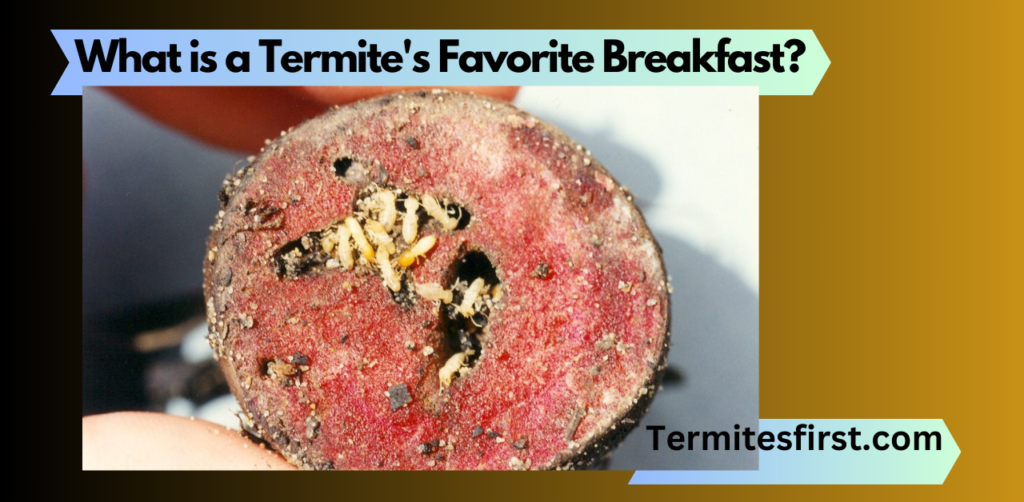
Preventative Measures
Implementing regular inspections is crucial to catching termite infestations early on. Maintain proper ventilation and reduce moisture levels in basements and crawl spaces.
To prevent infestations, seal cracks, and crevices in the foundation and around utility pipes. Remove any wood debris near the building as it attracts termites.
Professional Termite Control Services
Seeking professional assistance for severe infestations guarantees thorough treatment. Experienced exterminators can provide targeted solutions for different termite species.
Professional services often include a combination of treatments such as bait systems, liquid termiticides, or fumigation. Regular monitoring post-treatment ensures long-term protection.
In my experience, consulting with experts can offer peace of mind, knowing that the infestation is effectively dealt with. I have found that professional services not only eradicate existing termite colonies but also prevent future invasions effectively.
Conclusion: What is a termite’s favorite breakfast?
After diving into the termite’s breakfast preferences, it’s clear that understanding their diet is crucial for prevention and control. Termite’s favorite morning meal can vary, but their penchant for cellulose-rich foods like wood remains constant. Regular inspections and addressing moisture issues are key to preventing home infestations. When it comes to building infestations, seeking professional help for eradication is essential.
Exploring termite breakfast choices sheds light on their behavior, aiding in effective management strategies. By knowing what attracts termites, proactive measures can be taken to safeguard properties. Remember, early detection is vital in combating these pests. So, stay vigilant and take action promptly to protect your home from termite invasions!
Related: Do Termites Come Out at Night?
FAQ’s
Termites primarily feed on cellulose found in wood and plant materials. They also consume paper, cardboard, and other cellulosic materials commonly found in homes.
Yes, termites are active 24/7, including mornings. They do not have specific feeding times and can forage for food at any time of the day or night.
Termites favor cellulose-rich materials like wood, paper, and plant matter. Their breakfast choices may include wooden structures, cardboard boxes, or any cellulose-based items within their reach.
To prevent termite infestations, ensure there is no direct wood-to-soil contact around your home’s foundation. Regularly inspect for moisture issues and promptly fix leaks. Consider professional inspections for early detection.
Effective methods to control termite infestations include using bait stations, applying liquid termiticides, and maintaining proper ventilation to reduce moisture levels that attract termites. Professional pest control services can provide tailored solutions based on the extent of infestation.

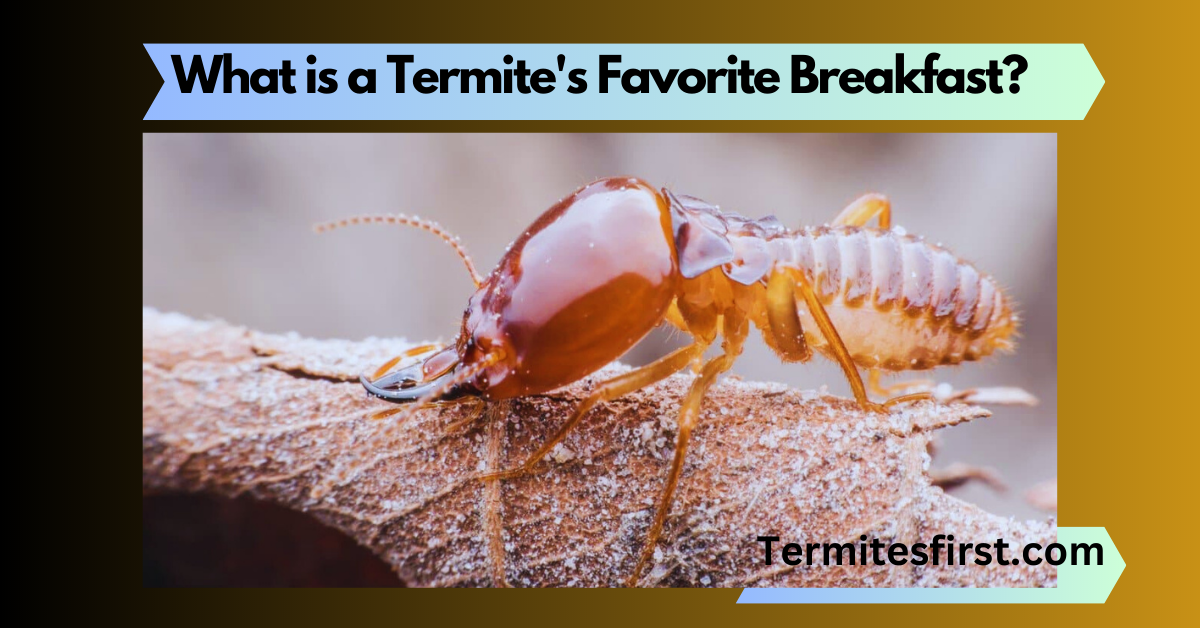
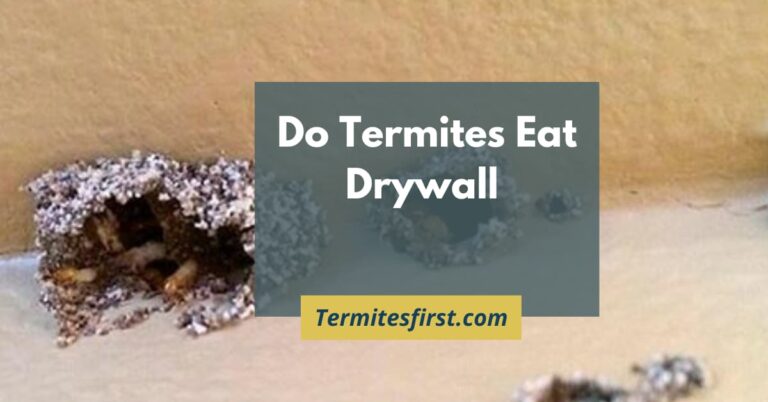
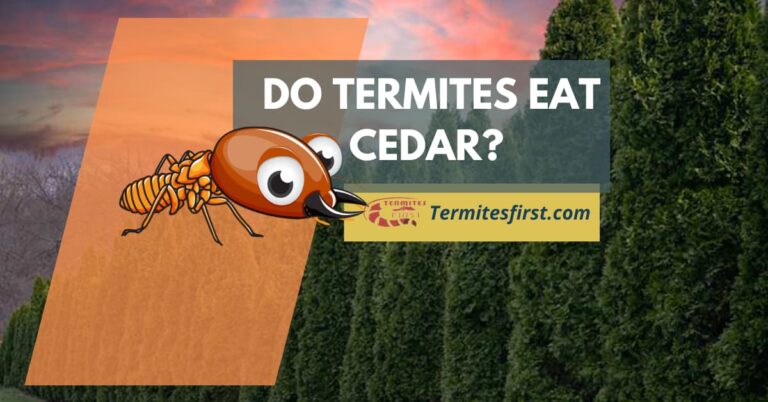
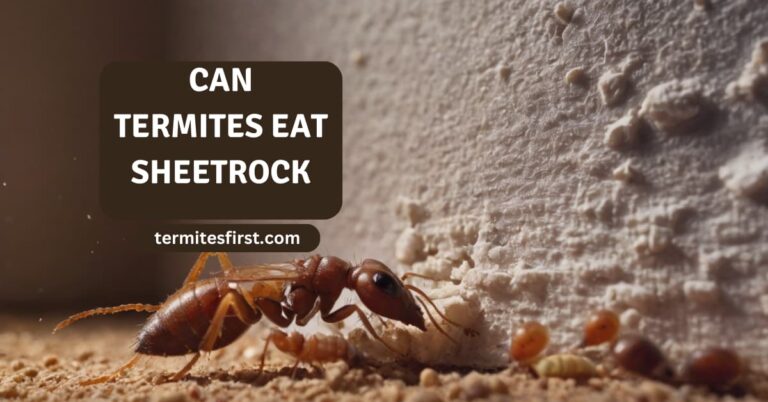
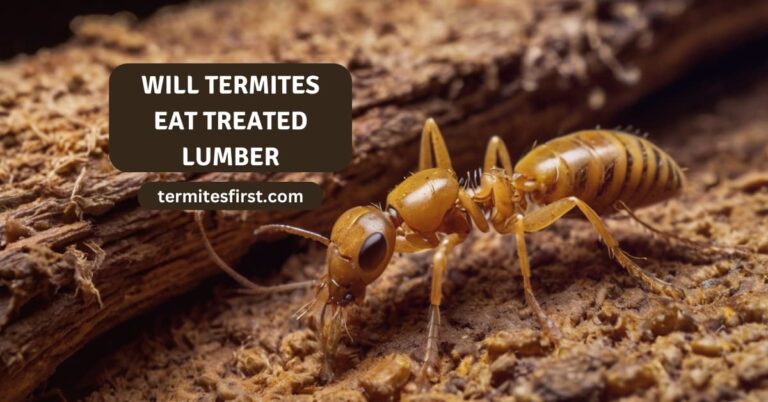
27 Comments